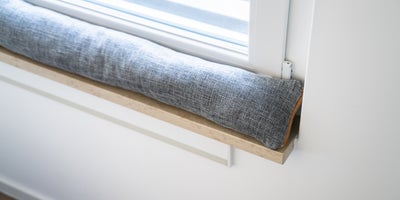Benefits of draught excluders

Draught excluders are a great way to keep warm air inside your home and cold air out. By reducing the amount of cold air that infiltrates your home, they help to reduce energy costs and save money on bills, as well as improving indoor air quality. They come in a variety of shapes and sizes and can be used for both doors and windows. There are even some that are designed to fit around your radiator, which helps to reduce the amount of heat loss through your walls. They’re relatively cheap and easy to install, which makes them a great cost-effective solution for keeping your house a bit cosier.






